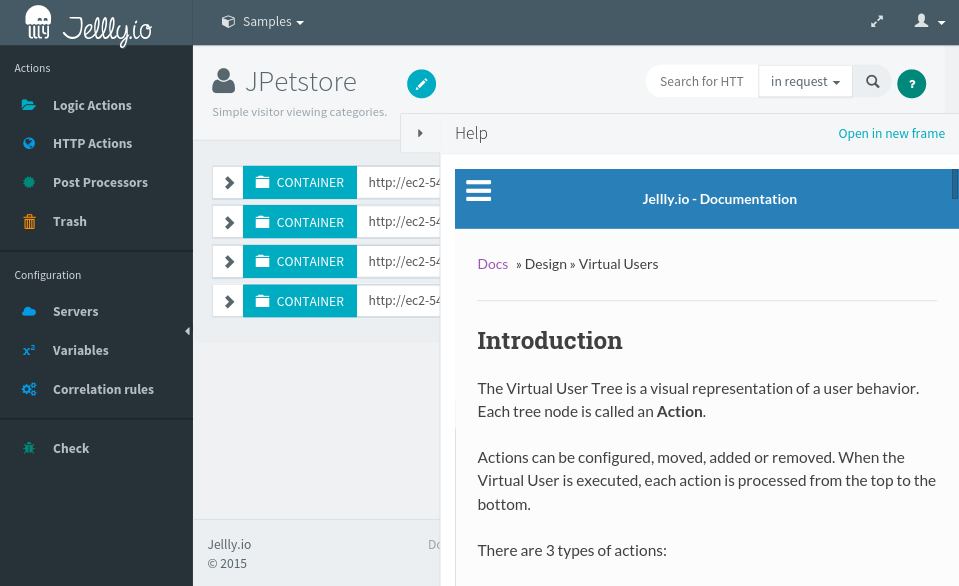How we greatly improved user engagement
The goal of any Saas Application is to convert as many trials as possible to paid customers. To improve your application, what do you absolutely need? Feedback. We are using a live chat support app to get feedback on how users are using our SaaS app.
We were greatly surprised by the results. Many of our users were stuck at the very first step of load testing their web or mobile app. We discovered several issues:
- Customers were proposed to create an empty virtual user as first choice. Many of them were then stuck with this empty user, not knowing what to do next,
- Customers were not finding how to return to project homepage from the virtual users edition page,
- We are only collecting email when user are registering to improve visitor to trial conversion rate. We have then a lack of information about users, and need to find a way to get them later.
Let me explain now how we greatly improved our user engagement and trial conversion rate by fixing the above points.



